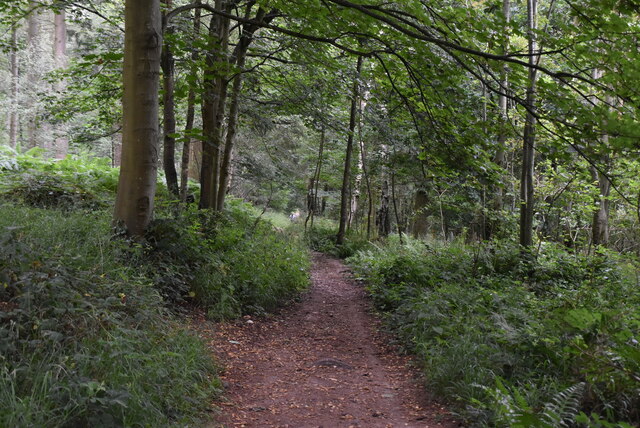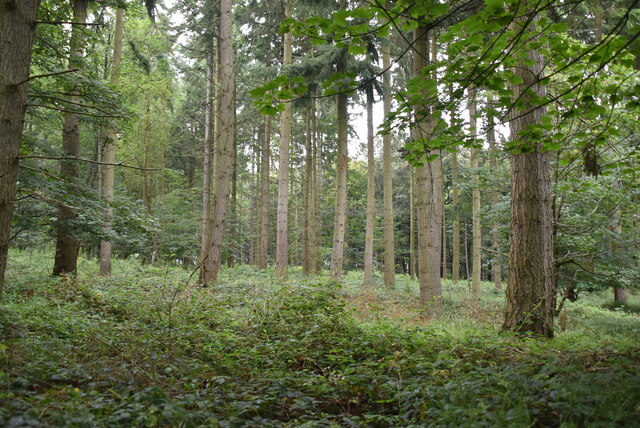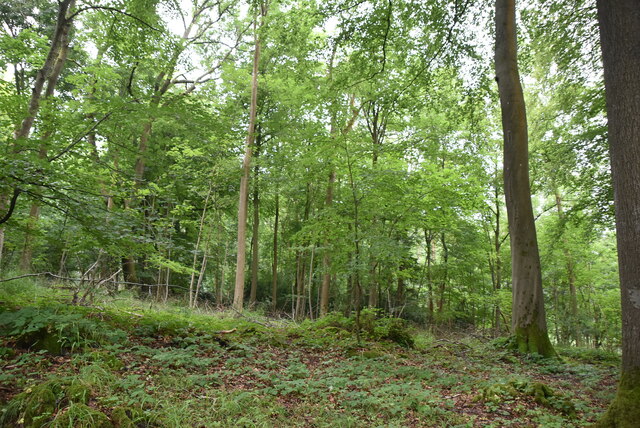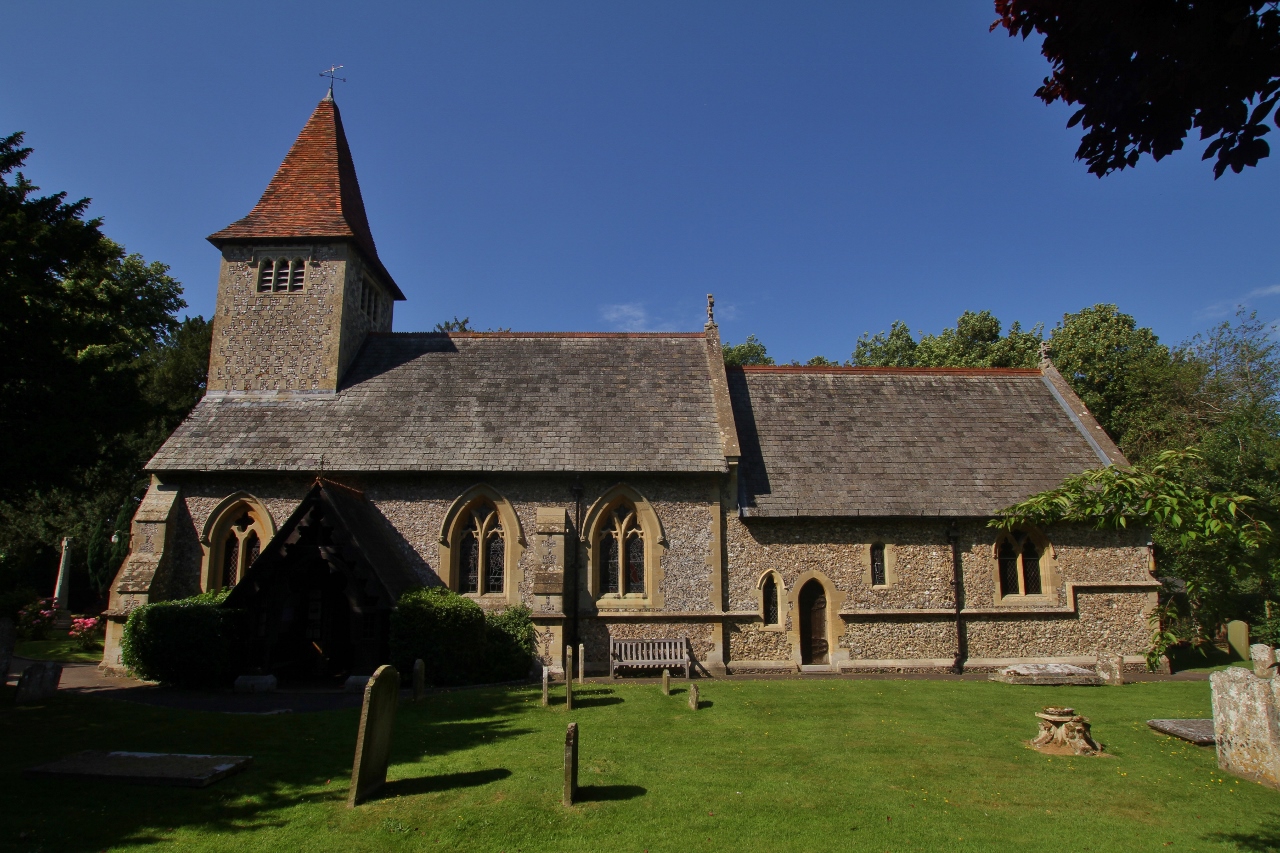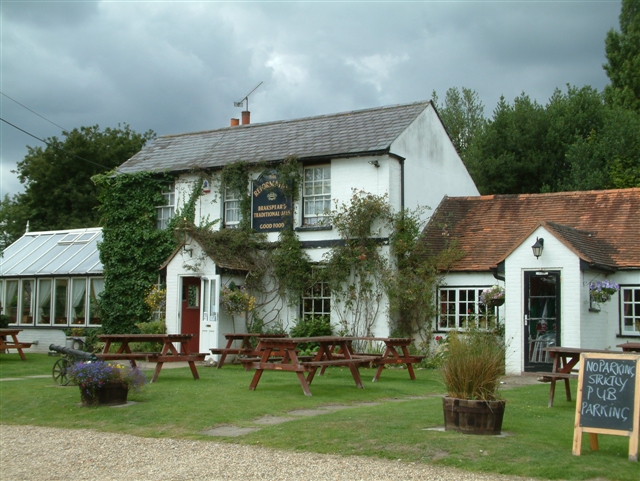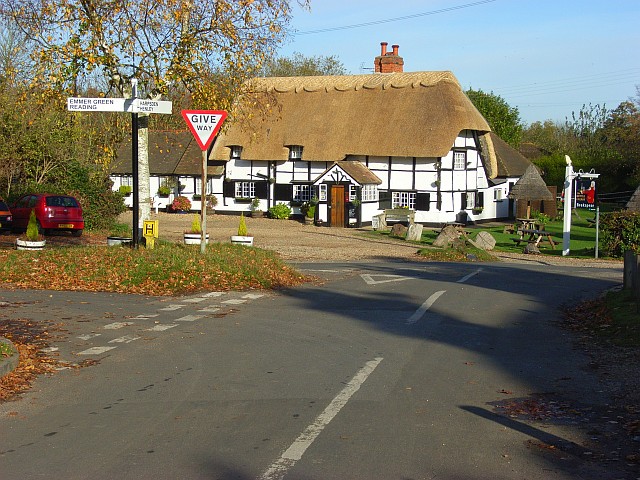Crosscroft Wood
Wood, Forest in Oxfordshire South Oxfordshire
England
Crosscroft Wood
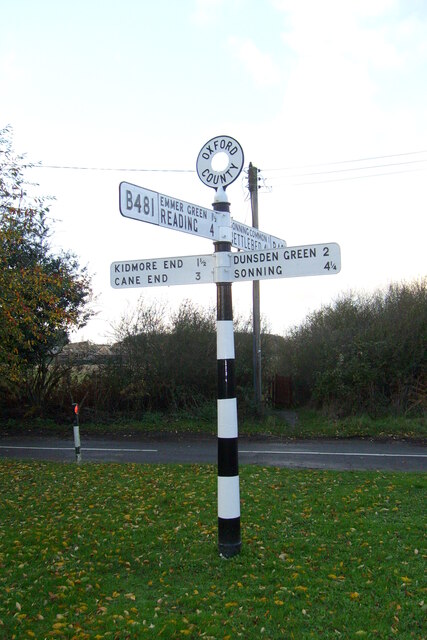
Crosscroft Wood is a picturesque forest located in Oxfordshire, England. Covering an area of approximately 100 acres, it is nestled in the heart of the beautiful countryside, surrounded by rolling hills and meandering streams. The woodland is primarily composed of native broadleaf trees, including oak, beech, and birch, creating a diverse and vibrant ecosystem.
The wood offers a peaceful retreat for nature enthusiasts, providing a haven for a wide variety of wildlife. Visitors can expect to encounter an array of bird species, such as woodpeckers, owls, and thrushes, as well as mammals like foxes, badgers, and deer. The forest floor is also home to numerous small mammals, including voles and shrews.
Walking trails wind their way through the wood, allowing visitors to explore its enchanting beauty. These trails are well-maintained and marked, making it easy for hikers of all skill levels to navigate through the forest. The dense canopy of trees provides shade on sunny days, creating a pleasant atmosphere for outdoor activities.
Crosscroft Wood is a popular destination for nature lovers, photographers, and families seeking a peaceful day out in nature. Picnic areas are scattered throughout the wood, providing visitors with the opportunity to relax and enjoy the tranquility of their surroundings. The forest also offers educational opportunities, with interpretive signs highlighting the various species of trees and wildlife that can be found within the wood.
Overall, Crosscroft Wood is a haven of natural beauty, offering a serene escape from the hustle and bustle of everyday life. It is a place where visitors can immerse themselves in the wonders of nature and enjoy the peacefulness of the Oxfordshire countryside.
If you have any feedback on the listing, please let us know in the comments section below.
Crosscroft Wood Images
Images are sourced within 2km of 51.520004/-0.95794628 or Grid Reference SU7280. Thanks to Geograph Open Source API. All images are credited.

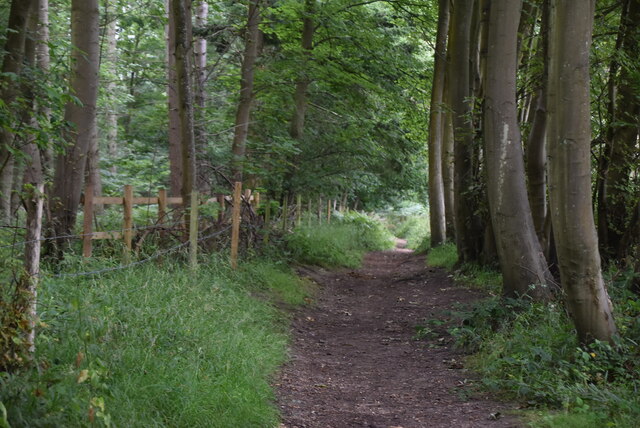




Crosscroft Wood is located at Grid Ref: SU7280 (Lat: 51.520004, Lng: -0.95794628)
Administrative County: Oxfordshire
District: South Oxfordshire
Police Authority: Thames Valley
What 3 Words
///island.custard.genius. Near Sonning Common, Oxfordshire
Nearby Locations
Related Wikis
Crowsley Park
Crowsley Park is a 160-acre (65 ha) country estate in South Oxfordshire, central-southern England, owned by the British Broadcasting Corporation (BBC)...
Rotherfield Peppard
Rotherfield Peppard (often referred to simply as Peppard by locals) is a village and civil parish in the Chiltern Hills in South Oxfordshire. It is centred...
Sonning Common
Sonning Common is a village and civil parish in a relatively flat, former common land part of the Chiltern Hills in South Oxfordshire, centred 3.5 miles...
Rotherfield Greys
Rotherfield Greys is a village and civil parish in the Chiltern Hills in South Oxfordshire. It is 2 miles (3 km) west of Henley-on-Thames and just over...
Maiden Erlegh Chiltern Edge
Maiden Erlegh Chiltern Edge (formerly Chiltern Edge Community School) is a coeducational secondary school located in Sonning Common, Oxfordshire, England...
Gillotts School
Gillotts School is a coeducational secondary school with academy status in Henley-on-Thames, Oxfordshire, England. The school is sited on a 33 acre verdant...
Gallowstree Common
Gallowstree Common is a hamlet in South Oxfordshire, England, about 4.5 miles (7.2 km) north of Reading, Berkshire. The village had a public house, the...
Binfield Heath
Binfield Heath is a village and civil parish in South Oxfordshire, England, 2+1⁄2 miles (4 km) south-southwest of Henley-on-Thames and 3+1⁄2 miles (6 km...
Nearby Amenities
Located within 500m of 51.520004,-0.95794628Have you been to Crosscroft Wood?
Leave your review of Crosscroft Wood below (or comments, questions and feedback).




